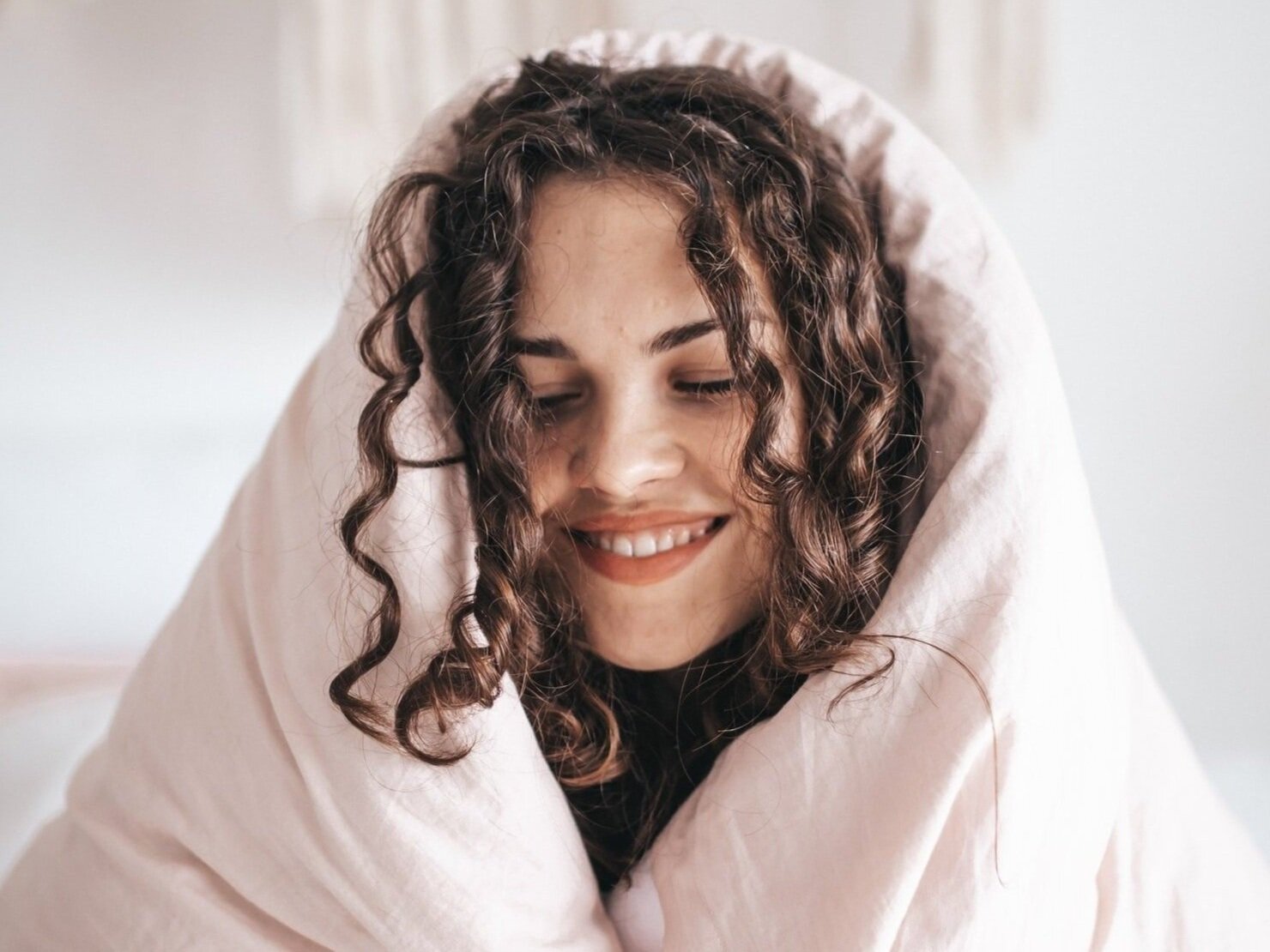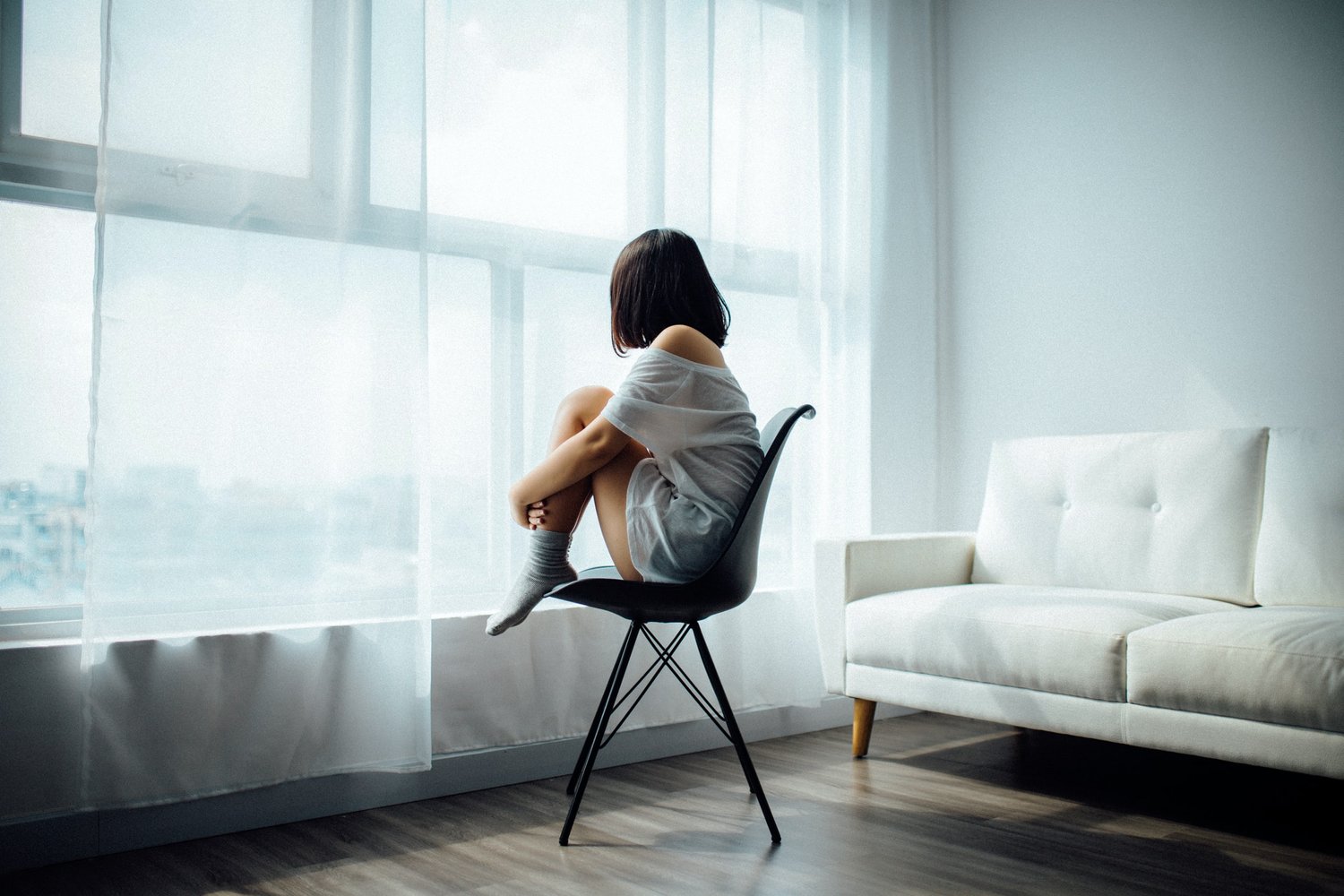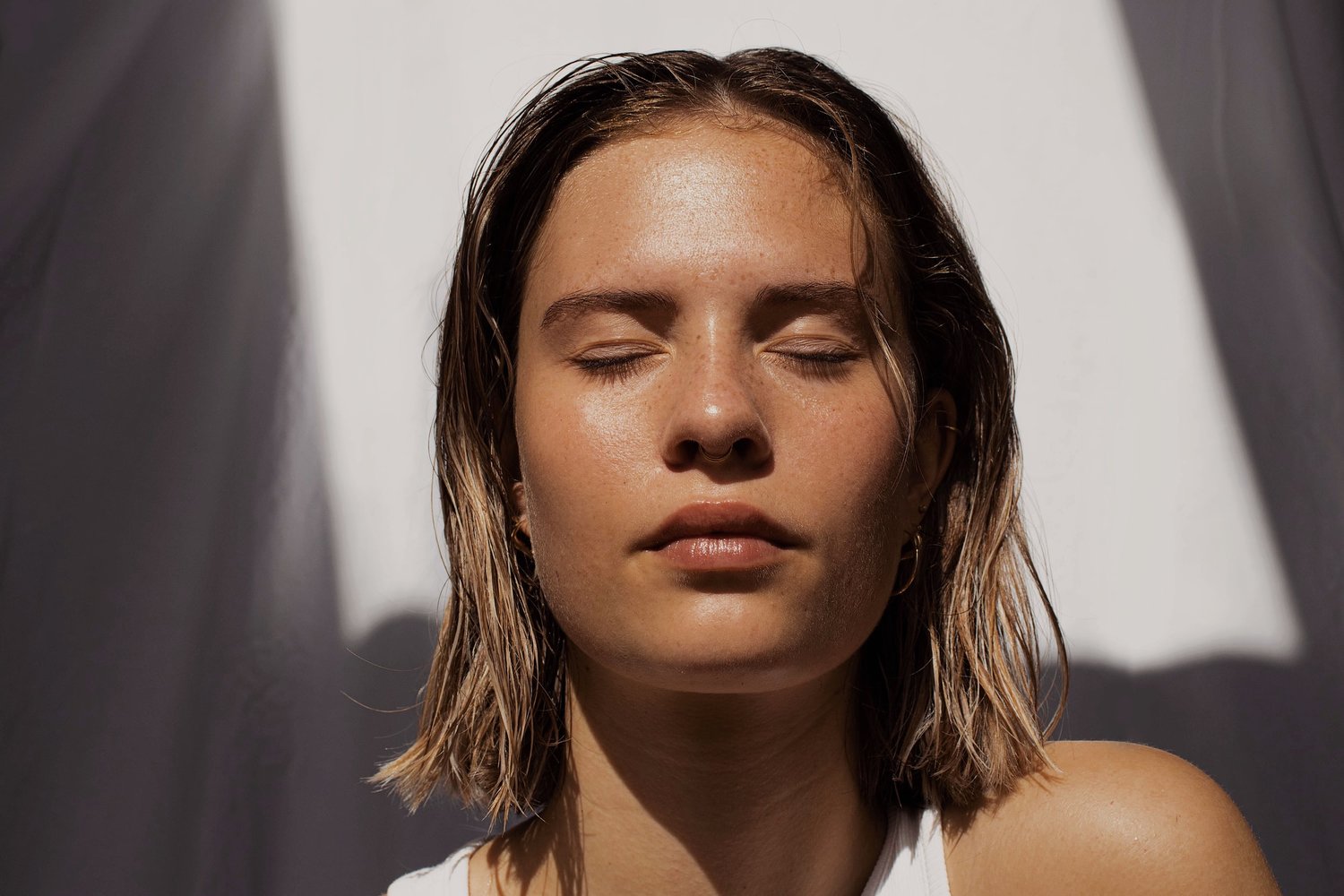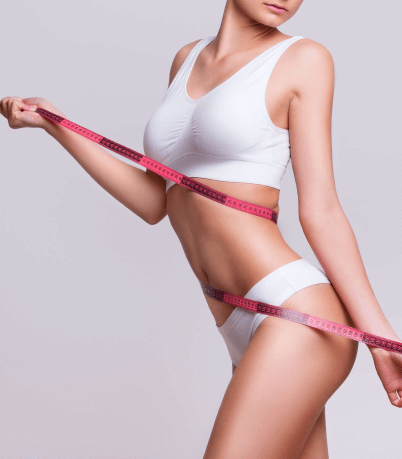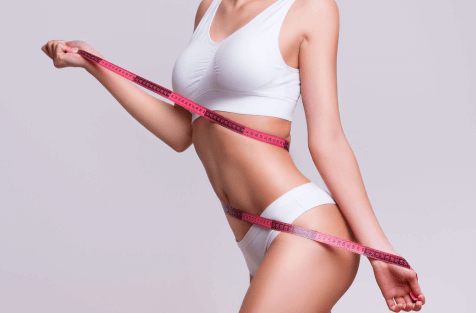Being able to live in a place full of sunshine is a blessing. The sun is said to make us happy. In response to sunlight, the brain releases a hormone called serotonin, and one’s mood is boosted, and we feel calm and focused with serotonin. Maybe that’s why people pay so much for vacations in places with beautiful weather. In addition, our bodies also need sun exposure to produce vitamin D. With all that said, there is also the need to protect our skin from it. There are a few myths surrounding this topic. One being our skin doesn’t need sunscreen/ sunblock if we aren’t looking to whiten it. Similarly, if we want to have honey-sun-kissed tan skin then we should avoid those products; the other is that those who have a darker skin tone are naturally immune from sunburn, and sun protection is only recommended for those with lighter skin to prevent freckles or dark spots. These are all untrue. Sun protection has nothing to do with how white or tan our skin is or how we would like to appear.
Why is sun protection important?
Wearing sun protection daily is necessary as it reduces the risk of sunburn, signs of aging, skin cancer, skin pigmentation, and inflammation. When you get too much sun exposure (UV rays), they can reach the inner layers of the skin which damages the skin cells including the DNA. In severe cases, it can cause skin cancer. Sun damage can add up over time as well and can lead to wrinkles, dark spots, freckles, etc. You do not need to have a specific skin type to wear SPF religiously. Generally, darker skin types contain more melanin, which may technically mean a reduced risk of skin cancer, but there is still a risk. Besides, just because you’re sitting in an office all day doesn’t mean you don’t need sun protection. The UV rays can still come through windows and cause some damage.
For sunscreen/sunblock to provide its benefits, there must be a proper application method. Firstly, make sure you apply it all over your face, especially areas that are hard to reach or overlooked, like the back of your ears or neck. Then reapply every 2 hours. This is something that most people do not remember. We think that if we apply it once during the day, then we are protected all day- but we are not. Wearing sun protection doesn’t mean that you are immune to sunburn, it can still happen. If you decide to wear make-up, make sure it is applied before your face makeup is put on. There are products that you can use to reapply SPF after you’ve done your makeup. Some setting powders have SPF in them, an SPF setting spray, or those in powder format.
How do you choose the right product?
It is a common misconception that sunblock and sunscreen are the same. Knowing the difference can assist you further in picking up a quality form of SPF. Sunscreen filters some of the UV rays, and still let some into your skin. Sunblock reflects the sun’s rays and “blocks” them from getting into the skin.
A quality sunblock is also crucial for the best benefits. Make sure to look for products that say “broad spectrum” as this will protect you from UVA and UVB rays. UVA rays are the ones that prematurely age your skin, causing wrinkles and age spots, while UVB rays cause sunburn. Overexposure to both can lead to skin cancer. Secondly, consider the SPF. It ranges from anywhere between 10 to 100. For more protection, it’s suggested to go for anything with 30 and above. Next, you need to know your skin type. If you have acne-prone skin, find something that says it is “non-comedogenic,’ as these do not block your pores. If you have skin more on the dry side, note finding one that has hydrating ingredients like hyaluronic acid.
There’s more to it than UV rays…
Not only is being outside and in sunlight a factor that impacts the way your skin looks, but blue light is as well. Blue light is the light that is emitted from your devices like the TV, computer, and smartphone. Blue light can penetrate deeper into the skin than UV rays, and that accelerates aging and dull the skin. Additionally, blue light penetrates our eyes deeper than UV rays do, it reaches our retina, increasing our risk of eye damage such as macular degeneration and cataracts.
Oral sunblock, what is it?
Sun protection has recently taken a step further, now having oral sunblock. Yep, you heard me. This doesn’t mean you are eating the cream/ lotion, it’s a supplement that you ingest that is high in antioxidants called “polypodium leucotomos.” This can increase the time it takes for someone to burn when exposed to UV rays. Now, this is not to be used instead of sunscreen/ sunblock either, but as an extra layer of protection. The antioxidant essentially helps the skin from oxidative damage. What this does is it gives you total protection in case you missed a few spots. There is no need to reapply or re-take the oral sunblock. It works at a cellular level to even reverse and reduce sun damage that has already taken place. It’s recommended to take this as well as any SPF topical protection, to make sure you are not only stopping any further damage from UV exposure but also healing any damage that may have already happened.
There are times when there are just a few costs associated with enjoying the good things in life (sunshine). Sun protection is an essential part of our skincare routine, even if it often goes overlooked. Daily sun protection should be just as natural as brushing our teeth. We are exposed to all sorts of harmful rays daily, and this can negatively impact our skin quality, so if we wish to have a more radiant and youthful complexion, then we must start right here, right now. And if we do this repeatedly, our skin will thank us in the long run.
Sources and references:
Dermatology Treatment and Research Center – How Does Sun Exposure Affect Skin?
Everyday Health – Is Blue Light Harming Your Skin Health?
Healthline – How to Safely Get Vitamin D From Sunlight
Healthline – What Are the Benefits of Sunlight?
Healthline – Every Sunscreen Question You Have, Answered
Johns Hopkins Medicine – Sunscreen and Your Morning Routine
NBC News – How to choose the best sunscreen, according to these dermatologists
Very Well Health – The Proper Way to Apply Sunscreen
Very Well Health – The Difference Between Sunscreen and Sunblock
Related Blogs
Visit Us
Start your skin health restoration journey with us today!
Fusion Medical @ Wheelock
501 Orchard Rd #04-11, Singapore 238880
Mon-Fri :8:30am – 5:30pm
Sat :8:30am – 1:00pm
Sun / PH :Closed
Fusion Medical @ Fusionopolis
1 Fusionopolis Link, #01-05 Nexus
@ One-North , Singapore 138542
Mon-Fri :8:30am – 5:30pm
Sat/Sun / PH :Closed


